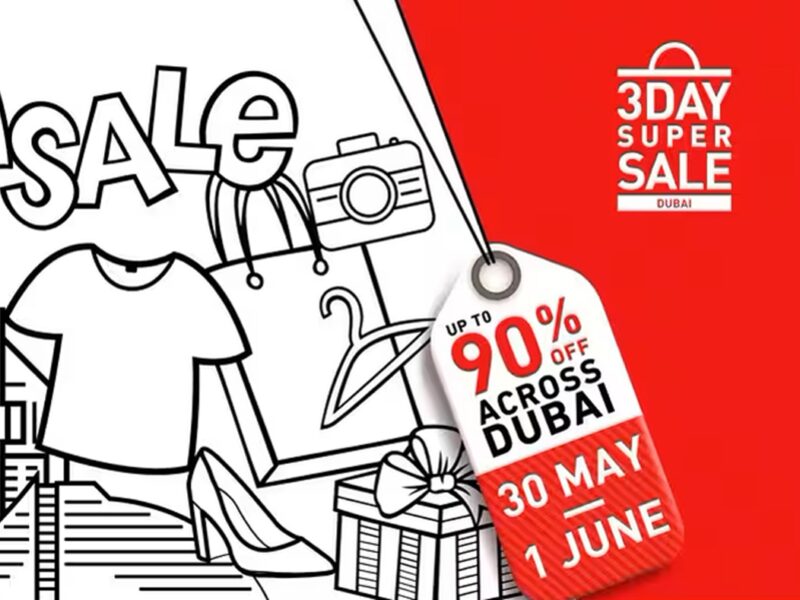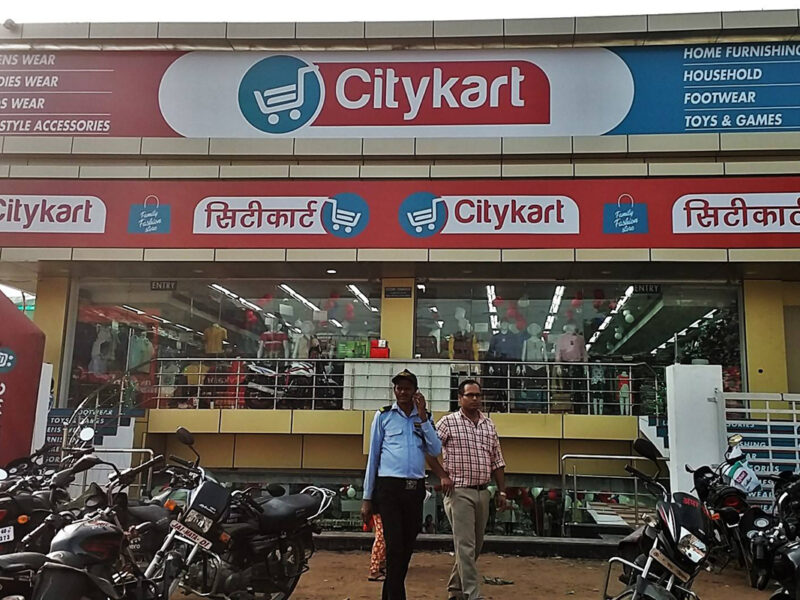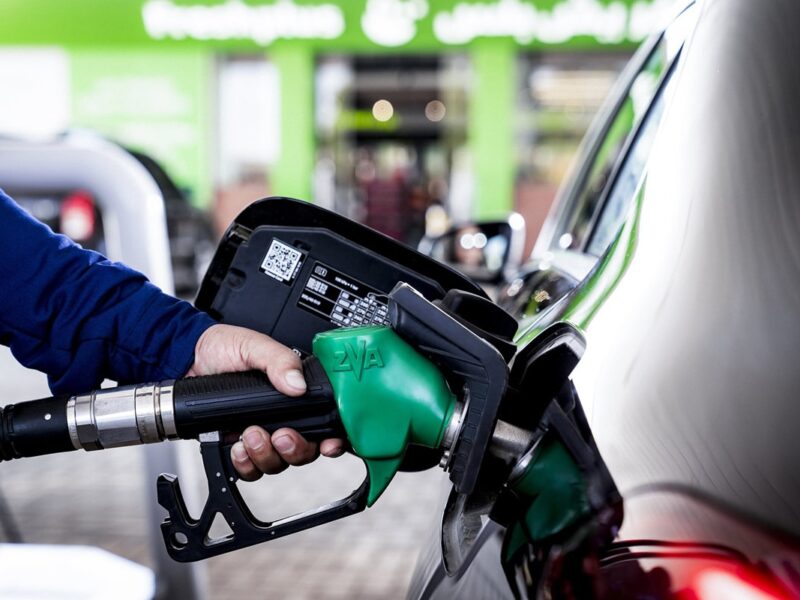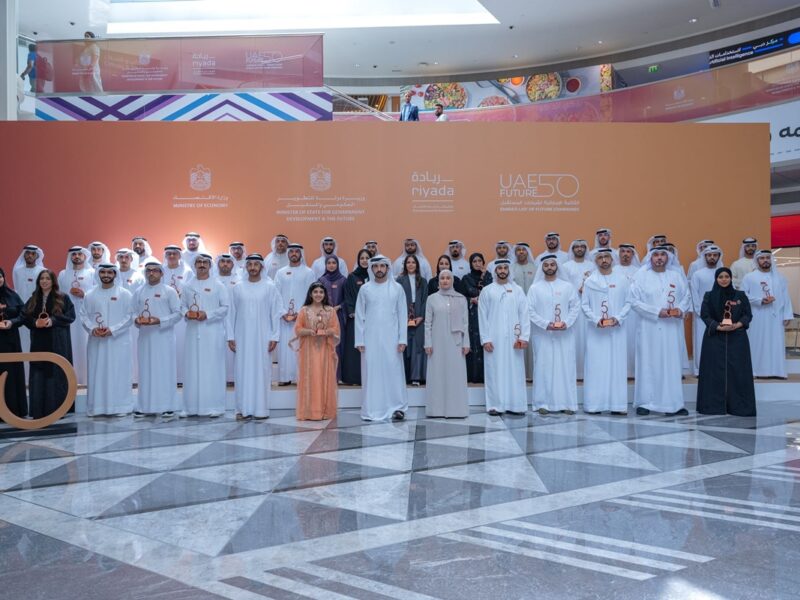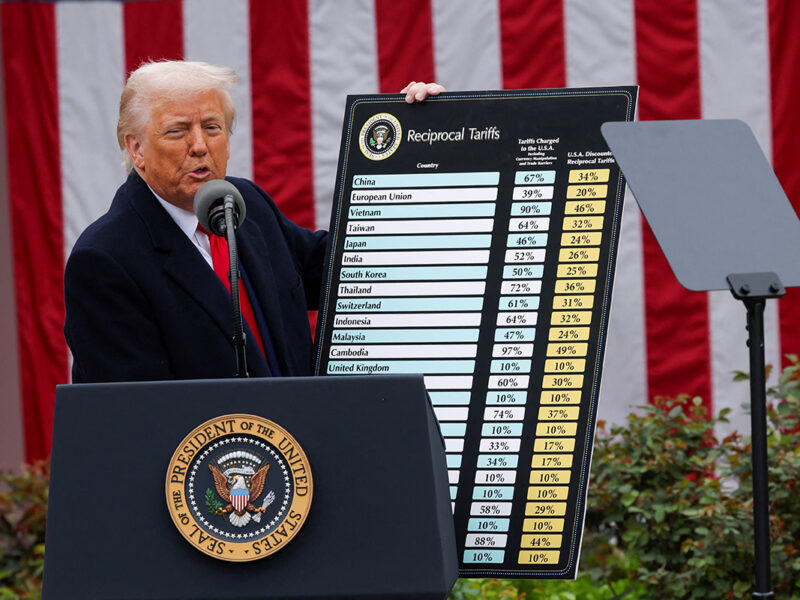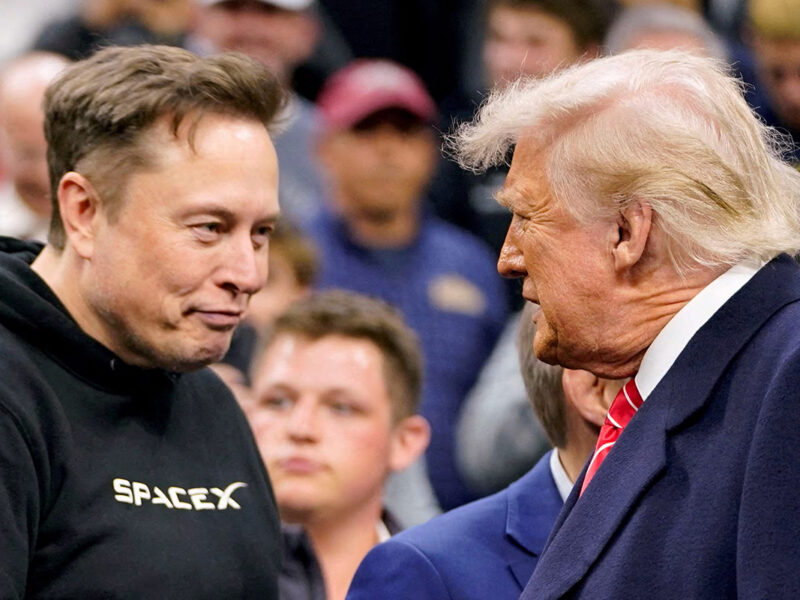Stitch by stich, textiles have become big business in the UAE. The industry is now raking in an estimated $17.5bn annually, making it the second largest trading sector behind oil and one of the largest employers in the industrial sector.
The UAE’s emergence as a trading hub has helped it become the world’s fourth largest trading centre of fashion and apparel, with 150 apparel manufacturing companies, and exports of materials and finished products now reach more than 50 countries across Africa, the Middle East, South Asia and Europe.
The region’s strong appetite for shopping also means it accounts for about 5.5 percent of the world’s annual textile and clothing sales.
But the industry is facing an uncertain future. Rising production costs are making it increasingly difficult to compete against other lower-cost centres in places such as China, India, Bangladesh, Kenya and Ethiopia.
“All these factors have encouraged the apparel industry owners to re-locate their factories from the UAE or to refrain from investing in apparel factories which require large numbers of staff and labourers,” Midhat Abughazaleh, CEO of Abughazaleh Trading Company, which has been a wholesale distributor and manufacturer of textiles including apparel, footwear, luggage, hand bags, home linen and uniforms in the UAE since 1975.
Abughazaleh says he will look towards Africa to allow the company to expand.
“Our group will open an apparel factory in Ethiopia in 2015 to support the European customers by cutting the shipping time and we will roll out additional sales offices in Africa in 2015 as well,” he says.
“Africa is an emerging market and is picking up now. The competition is starting and demand is growing little by little. The political situation is improving. There is disposable income and people want to buy merchandise, and we can supply to them at very cost effective, reasonable prices.”
Abughazaleh is hoping that will help meet his goal of increasing the company’s production by 50 percent next year.
Article continued on next page…
“Total quantity produced and shipped out from all our manufacturing and trading units associated to our group reached 9 million pieces/pairs,” he says.
“We manufacture according to customers’ specifications, with great priority to quality control and inspection to enable us to ship high quality merchandise with competitive prices to 34 countries worldwide.”
They also supply into local supermarkets, who sell the garments under their own brand.
“In the UAE we are supplying to hypermarkets — Carrefour and Geant, Hyperpanda, but most of them we do private labelling — that means we do under their own label. It’s on a contract basis — a yearly contract,” Abughazaleh says.
The textile industry is changing worldwide, he says.
“There has been a considerable shift in the apparel industry due to globalisation. Fashion has been influencing the changes in cultural barriers, since we have seen many societies abandoning their traditional dress codes into more comfortable and colourful [garments], which fits all budgets especially with the worldwide slow return to recovery,” Abughazaleh says.
“Times have changed and new sources of production are coming up in places where nobody expected ten years back [Africa in particular] due to the abundance of cheap labour supply.”
On the other side of the textile industry are the traders, most of whom are based in Textile City, which is operated by the umbrella group Texmas.
Formed in 1990, with the assistance of HH Sheikh Mohammed Bin Rashid Al Maktoum, who was then Crown Prince of Dubai, Texmas is the association of the wholesale textile merchants.
Article continued on next page…
The group’s secretary, Ram Bhagchandani, says they were given land to develop their own warehousing facilities at what is now called Textile City, adjacent to Dragon Mart.
“We were very supportive of the garment activities, so he [Sheikh Mohammed] allowed us to form an association,” Bhagchandani, who is also managing director of Arjay Traders, says.
“Before us there was no association in the UAE. We were allotted around 6 million square feet of land by the Ruler. We built an entire free zone over there and we are operating out of there today.”
Construction on the AED300m ($82m) development of Textile City — paid for by its 450 members — started in 2000 and opened in 2007.
“It was all our contribution; we didn’t take anything from anywhere. It was all our money which we pooled together,” Bhagchandani says. “The very idea of having a Textile City was to establish Dubai as a major textile hub in the Middle East.”
Textile City, he conservatively estimates, employs about 9,000 people, but that could grow further if sanctions were lifted in Iran.
“There are a lot of sanctions in Iran and a lot of businesses were affected by that. Once Iran opens up then our trade will almost double. Iran has been a very major buyer for us,” Bhagchandani says.
One of the largest members of Texmas is textile giant Regal Group.
Managing director Raju Shroff says the company is involved in both retail and wholesale, as well as indenting and stitching or bespoke tailoring.
Article continued on next page…
“We don’t do the manufacturing side, but we do the stitching side for bespoke tailoring,” he says.
“We import the fabric, sell it to wholesalers or retailers who then sell it to countries like Iran and Africa to garment cutters or garment industry, who then convert it into garments.”
Shroff says the textile trading industry in Dubai, like the aviation sector, has developed into a hub for the region.
“Textiles, what you see in Dubai, is an import area because Dubai is the largest textile hub. If you were to be in Africa, Pakistan or Iran or anywhere in the GCC, most people would show up in Dubai, buy the fabric and take it back to their stores to sell or take it to garment manufacturers,” Shroff says.
The emirate has the advantage over other textile hubs due to its facilities that can stock large quantities.
“A lot of the countries don’t have the facilities to import big quantities. Dubai, because of its re-export and financial hub status, is one of the largest stocking and selling areas,” Shroff says.
“So if somebody from Saudi or North Africa or East Africa wants to import — unless they are a big buyer and can go to China — they can’t really source it directly, so they come to Dubai.
“Dubai traders are stockists so they usually have these things available. People can buy smaller quantities to those quantities.”
With 300 employees in the group and offices in UAE, Saudi Arabia, Qatar and India, Shroff says he intends to expand the company’s retail, with a major push into the Saudi bespoke tailoring market.
Article continued on next page…
“We’re expanding our retail and we’re going into Saudi [Arabia] — that’s a big market and a big push for us, and expanding our bespoke tailoring market,” he says.
“There’s a lot of competition in the garment industry, but bespoke tailoring is always something that people want. When the market grows, people always want something different and something exclusive.
“We currently have one store only in Saudi and one in Qatar but our plan is to take the Saudi operations up to about 20 stores — 25 maximum — in different stores across Saudi Arabia. That is the largest market for these kind of fabrics at the moment in the retail sector.”
Similar to Abughazaleh, Shroff is looking towards Africa for expansion in the wholesale market.
“We do a lot of business in the northern Africa countries like Libya, Algeria, Tunisia and Morocco. The fashion is very similar to GCC fashion, so there is a lot of spillover product that goes there,” he says.
In November, Dubai will host the first International Trade Fair, bringing together textile manufacturers and designers from across the region, as well as China, India, Pakistan, Turkey, Indonesia and Italy.
Dilip Nihalani, who has organised the event with his brother Jay Kay, says it is intended to “bring together textile manufacturers and designers from all over the world under one platform to create mutually beneficial associations and fill the gap in international trade”.
“The ITF will be the first dedicated international textile show in the Gulf region providing the best opportunities to explore new markets,” Nihalani says.
He says there has been “overwhelming” interest from around the world in the event.
“The companies participating in the fair are very much excited since it is the first show in Dubai and after being a part of many such shows in France, Italy and Turkey, they are looking forward to entering the Dubai market,” Nihalani says.
“Some of the biggest names from the global textile industry have confirmed participation, including major players from Italy, France, Spain, India, Pakistan, Mongolia and Hong Kong,” he says.
The event will be further reason to believe industry experts’ opinion that by 2016, the UAE will become the world’s leading high-end textile and garment re-export centre.

